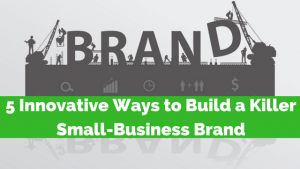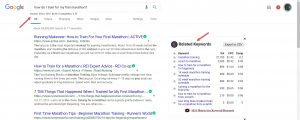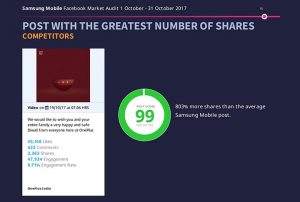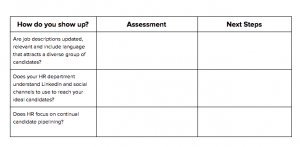AI Shows Ad Industry Its Future
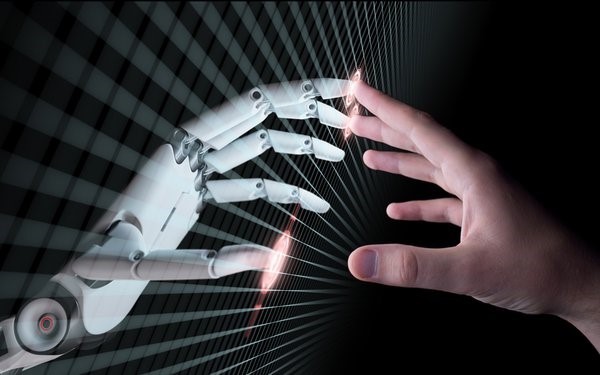
Starting with Google and Microsoft, artificial intelligence (AI) began teaching the advertising industry how to reinvent itself nearly 30 years after it served its first online banner ad. AT&T purchased it to promote its You Will campaign on HotWired, now wired.com.
There has been a sudden acceleration of AI technology, although it has been available for years. There are hundreds of startups, and the number of established companies using generative AI (GAI), funding has soared, while companies like Amazon, Adobe, Google, Meta, and Microsoft are investing billions.
As companies develop technology related to GAI, long-term talent plans have been put in pace and the increase in the related number of job postings continues to skyrocket, according to the Job Analytics Database of GlobalData, a data and analytics company.
For example, there are job postings at the Generative AI Innovation Center at AWS, Watson Code Assistant by International Business Machines, Robert Bosch GmbH, Siemens AG, Ernst & Young Global, and GSK plc. We can expect to see some of those same job openings at retail media networks such as Kroger, Walmart and Target, among others.
Nvidia reported Tuesday that revenue soared 206% to $18.1 billion in the quarter ended October 29, 2023, from $5.9 billion a year earlier. The company estimates revenue will rise to $20 billion in the January quarter. That would be an increase of 230% compared with the previous year.
The chipmaker’s success highlights the transformation that the advertising industry will continue to experience. The technology has set off a movement to integrate GAI into every ad-related technology sparked by OpenAI’s ChatGPT.
Microsoft’s and Google’s investments in the technology and their independent quest to build it into every aspect of their business has contributed as well.
Dan Salmon, New Street Research U.S. Internet analyst, published a report Tuesday detailing the firm’s bottoms-up Capex build for Google, Amazon, and Meta for AI-related spending on chips, networking, data centers and equipment, and other service-related costs.
The report also breaks out Nvidia’s spend versus other components such as custom ASICs. Bottom-up investing focuses on analyzing individual stocks and de-emphasizes the significance of macroeconomic and market cycles.
Based on this approach, New Street Research breaks down costs from chips to servers and networking. It raised Google’s 2024 total capex to $40.2 billion — about 11% above consensus, up from $37.1 billion. It implies 26% growth versus the firm’s 2023 estimate and a decline in the target to $153 from $155.
The first raised Amazon’s 2024 total capex — including finance leases — to $64.8 billion, about 10% above consensus. That is up from $61.6 billion — implying 24% growth versus the firm’s 2023 estimate. As a result, the target price fell to $174 from $175.
There was no change for Meta’s capex estimate of $36.1 billion, which is high compared with the consensus. It includes $1.1 billion of finance leases, whereas consensus may not.
We’ve heard about AI being used by Google and Microsoft to automate bidding, optimize and build copy and creatives, test to image generators, and support for watermarks to protect copyrights, to name a few. AI is showing the ad industry its future through other types of advancements. A pharma company, for example, is using AI to generate intellectual property to accelerate cancer research.
Lantern Pharma’s RADR AI and machine learning (ML) platform has helped to nearly doubled the patents of in silico cancer research that requires using computer-based models of biological systems and findings from biological literature to investigate hypotheses, the company tells me in an email. The term “in silico” is used to describe experiments performed by computers.
Last week, Google DeepMinds, in partnership with YouTube, announced Lyria, an advanced AI music generator, along with two AI experiments designed to open avenues for creativity. Dream Track is an experiment in YouTube Shorts designed to help deepen connections between artists, creators, and fans through music creation. Music AI is a set of tools designed with artists, songwriters, and producers to support th creative processes.
In July, Bloomberg reported Apple built its own framework, Ajax, to create large language models (LLMs). It also began testing a chatbot that engineers call Apple GPT. The experiment rolled out to a small team of Apple engineers in 2022, but Tom’s Guide reported that the company halted any plans for a company-wide rollout over security concerns. Apple employees need special permission to use it.
Despite the deepfakes, copyright challenges, and other nefarious challenges, the future looks bright for AI in advertising.
Happy Thanksgiving. Be safe. See you back here on Friday.
(2)




